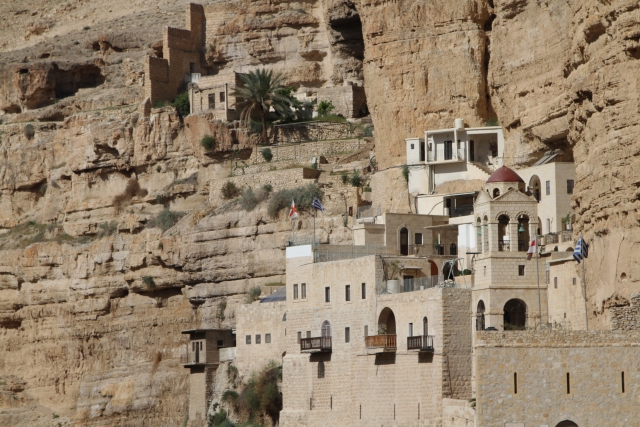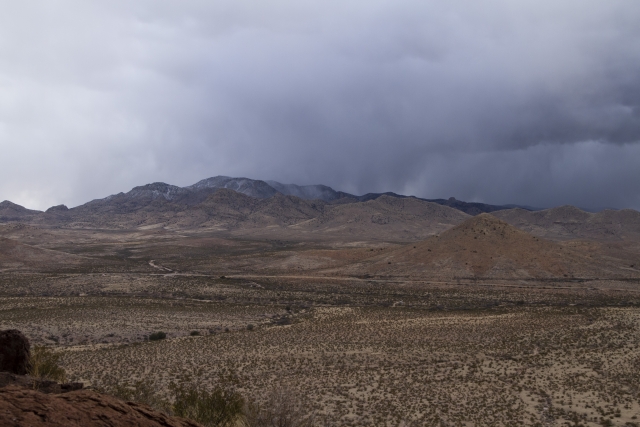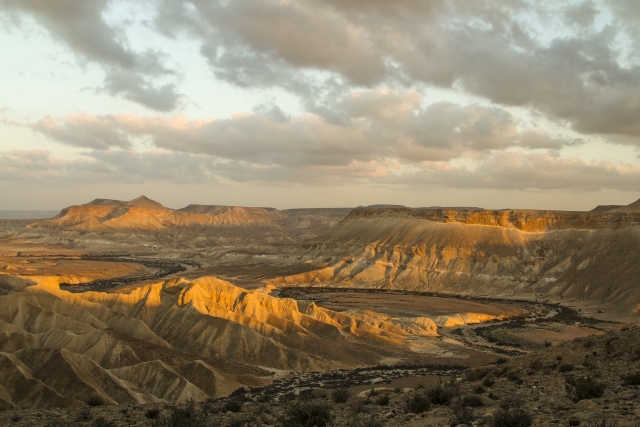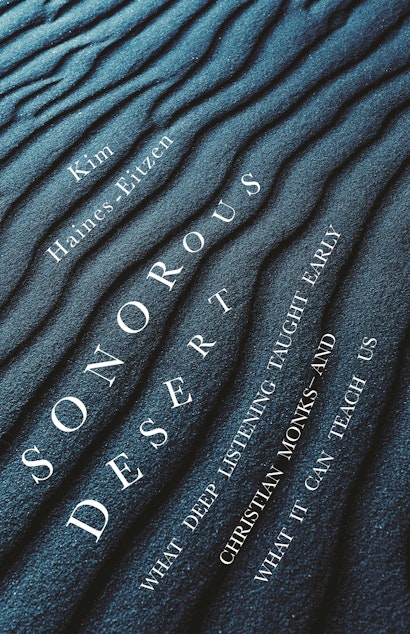Deserts are among the most deeply evocative landscapes in the world. They inspire fear and awe, devotion and revulsion, fascination and longing. Scan a wide valley of rock and scrub, trace the path of an ephemeral stream, watch for movement on barren hillsides—your first impression may be that deserts are empty, lifeless, vast and silent.
But deserts are surprisingly dynamic, ever changing, and home to a wide array of life forms.
Travel long enough in a desert, venture far enough into a desert’s canyons, and you will find—if you look closely—abundant evidence of past desert dwellers. Residues of history are laid bare in the deep recesses of a desert’s topography. Deserts have never been empty.
Deserts are also not silent. Although religious lore and literature has long imagined deserts as silent (and empty)—places fit for revelation and transformation—deserts have a rich sonority that reveals their complexity and diversity. Deserts range from hot arid grasslands to bitterly cold artic tundra, from high desert riparian woodlands to rocky escarpments and mountain peaks, and each of these microregions have distinctive acoustical registers.
We frequently forget to pay attention to our sounding world, since we can’t see sound the way we can, for example, see a landscape or a photograph of a landscape. Deserts teach us to slow down and listen. With their soft breezes and howling gales, their rushing waters that fade to trickles in the heat or disappear altogether, their single singing bird in the midst of scrubland or ravens flapping and croaking overhead, deserts are alive with sound when we stop to listen. And, almost always, there are the sounds of humans, too, whether at military bases, so frequently built in desert environments, or in sounds of jets and cars and trucks, or simply the sound of human voices.
Deserts have inspired the religious imagination throughout history. One of the key developments in late ancient Christianity was the emergence of monasticism. And Christian monasticism was inspired by the idea that deserts were empty and quiet. Hermits settled in caves and canyons of the deserts of Egypt, Sinai, Palestine, and Syria in a quest for solitude and quiet. Over time, monasteries were built to house groups of monks. Some of these monasteries continue to exist; Christian monks still practice an ascetic blend of “being alone together.”

We learn from reading ancient Christian monastic literatures that although monks were drawn to solitude in the desert, crowds of pilgrims soon followed. And while silence may have been part of their quest, they found the desert noisy and distracting. Children’s voices, ravens croaking, roaring winds and lions and fires, crashing thunder and cacophonous demons—the stories of monks are deeply attuned to sound, including the frustrations of noise.
In response, Christian monasticism developed practices of prayer and contemplation for cultivating inner quiet, inner stillness, inner solitude. Monastic literatures speak to the desert’s potency as a landscape of paradox, and they also reflect the longing for quiet in a noisy world. In this sense, they also speak to our own time.
When the COVID-19 pandemic began to spread in the spring of 2020 and businesses, schools, stores, museums, and temples closed, people around the world remarked on the sudden quiet, punctuated only by the sounds of ambulance sirens. Those in lockdown also experienced a kind of isolation and solitude so coveted by ancient monks. The silencing of our soundscapes and the forced solitude invited careful listening.
How might we cultivate practices of listening by listening to the desert? With the desert’s soundscapes as our guide, by slowing down to listen to the subtleties of desert environments, we deepen our relationship to our inner life and our connections to the world around us. The next time you find yourself in a desert, try this: pause for a few minutes, quiet the sounds of your body, your breathing, your footsteps, and just listen.

Kim Haines-Eitzen is the Hendrix Memorial Professor of Early Christianity and Early Judaism at Cornell University. She is the author of The Gendered Palimpsest and Guardians of Letters. She appeared in National Geographic’s The Story of God with Morgan Freeman. She divides her time between Ithaca, New York, and the remote desert mountains of southeastern Arizona.

